History
2010’s
2000’s
1990’s
1980’s
1970’s
1960’s
1950’s
1940’s
1930’s
1890’s – 1930’s
More than a Century of Service and Experience
The unique history of NineStar Connect tells a story with a single theme: To provide services to rural residents of east central Indiana when larger companies chose not to because there was insufficient profit to be made. Throughout its history, NineStar’s unwavering commitment has been to ensure that rural residents have access to comparable services available to residents in towns and cities.

1890’s to 1930’s
NineStar traces its roots back to the founding of the McCordsville Telephone Company in 1895. In that year, Loren Helms, a telephone factory worker, strung a wire across a back fence from his mother’s house to the home of his sister, Mrs. Charles Peal, and installed the first telephones in the community. Soon, three neighbors (Hiram Dunham, James Thomas and Robert Wilson) joined the line and a company was born.
Similar community ventures between 1900 and 1903 led to the formation of four other telephone companies in Hancock County – the Maxwell Telephone Company, the Mohawk Telephone Company, the Eden Telephone Company and the Willow Branch Telephone Company. All of these companies started with somewhere between twelve and twenty-five customers.
1930’s
The idea of electric lights on Hancock County farms seemed a distant dream in 1934 when Hancock County Farm Bureau President John T. Wilson of Green Township first brought up the idea at a meeting. During the fall of that year, the Indiana Farm Bureau Cooperative Association led an initiative to establish the Indiana Rural Electric Act which was passed by the Indiana General Assembly in 1935. That law provided for a charter and franchise for cooperative corporations to provide electricity to unserved areas of the State.
On August 14, 1935, an organizational meeting of thirty-nine people from various Hancock County Townships was held at the Memorial Building in Greenfield to establish the Hancock County Rural Electric Membership Corporation. Fifteen incorporators signed the Articles of Incorporation and seven directors were elected to the Board: John T. Wilson, President (Green Township); Claude Grist, Vice President (Buck Creek Township); Russell Cushman, Secretary (Vernon Township); Frank L. Marsh, Treasurer (Center Township); W. Roy Hasler (Brown Township); L.H. Collins (Jackson Township); John S. Bentley (Blue River Township).
At the beginning of 1936, residents in unserved areas were solicited to become members of the new cooperative. By March 16th, 968 people had become members. On April 21st the Articles of Incorporation were filed with the Secretary of State and the following day an application was filed with the Indiana Public Service Commission (now known as the Indiana Utility Regulatory Commission). The Articles of Incorporation were approved on May 22nd and the Hancock County REMC was officially created.
Also during 1936, President Franklin Roosevelt signed the Rural Electrification Act into law which established federal loans for purchasing and building rural power lines. Hancock County REMC applied for a loan on August 5th and on February 1, 1937 was approved for an initial loan of $325,000.
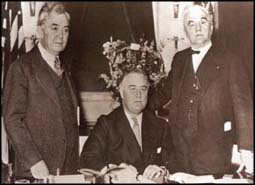
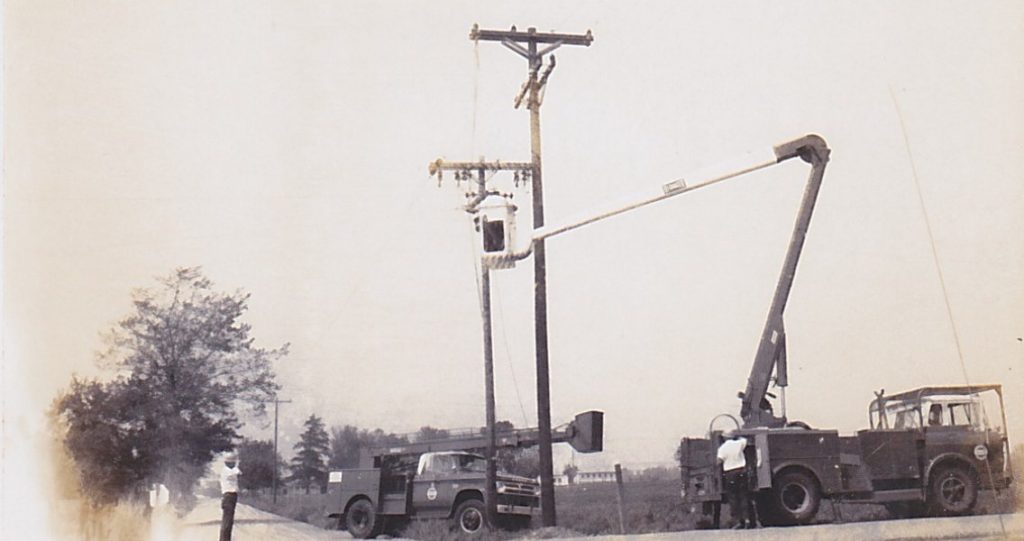
Bids for line construction were let in April and during the summer months of 1937, 325 miles of electric lines were designed and plans for construction commenced. On November 4, 1937, the first pole was set in place in Vernon Township and on May 12, 1938, the first seven miles of line was energized due west of Willow Branch. By the end of August, 1938, all 325 miles of line were energized, with 815 homes receiving power.
In 1939, the bylaws were amended to allow individuals in southern portions of Hamilton and Madison County to join the cooperative and receive service. In that same year, John T. Wilson resigned as director to become the first manager of Hancock County REMC.
1940’s
Following the end of World War II, much of the telephone facilities that had been installed at the beginning of the century had become obsolete. Capital for much needed upgrades was difficult to obtain. Under President Harry Truman, the Rural Electric Administration’s loan program was expanded to include loans to telephone cooperatives. With the help and encouragement of the Hancock County REMC, the five community telephone companies began discussions about consolidating into a single telephone cooperative.
1950’s
In November, 1950, McCordsville, Maxwell, Mohawk, Eden and Willow Branch telephone companies consolidated to form Hancock Rural Telephone Corporation (“HRTC”), a telephone cooperative. In 1952, the REA approved a loan to HRTC and by the spring of 1953, the five exchanges of the company were consolidated into four dial offices serving approximately 550 members. Conversely, Hancock County REMC had reach 2,000 members by 1954.
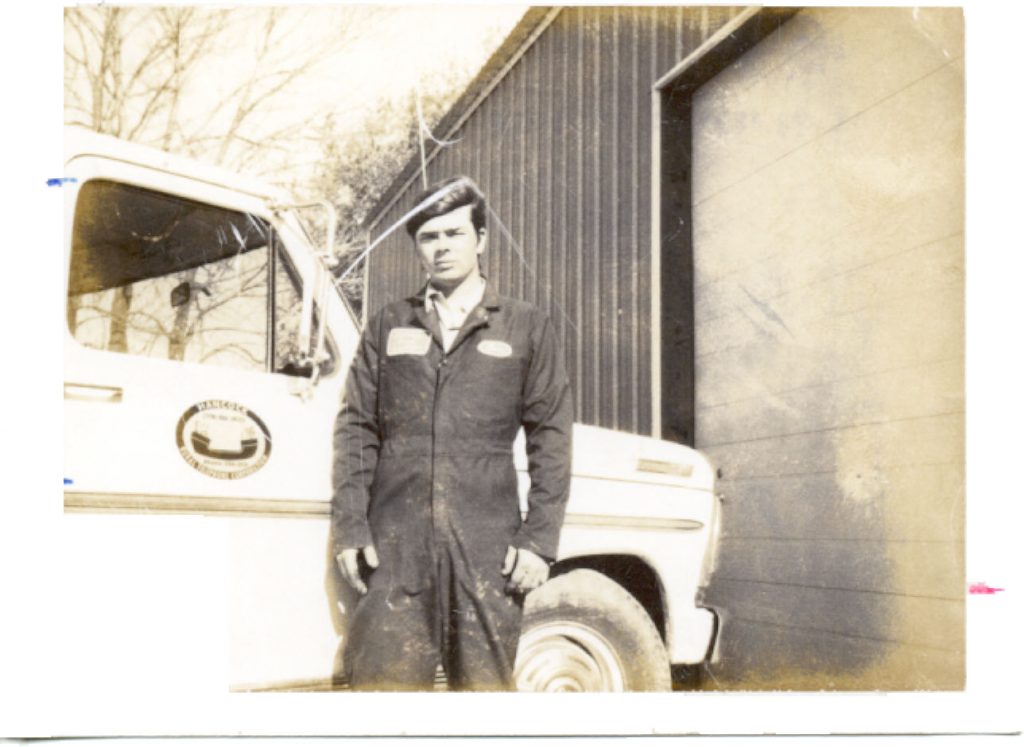
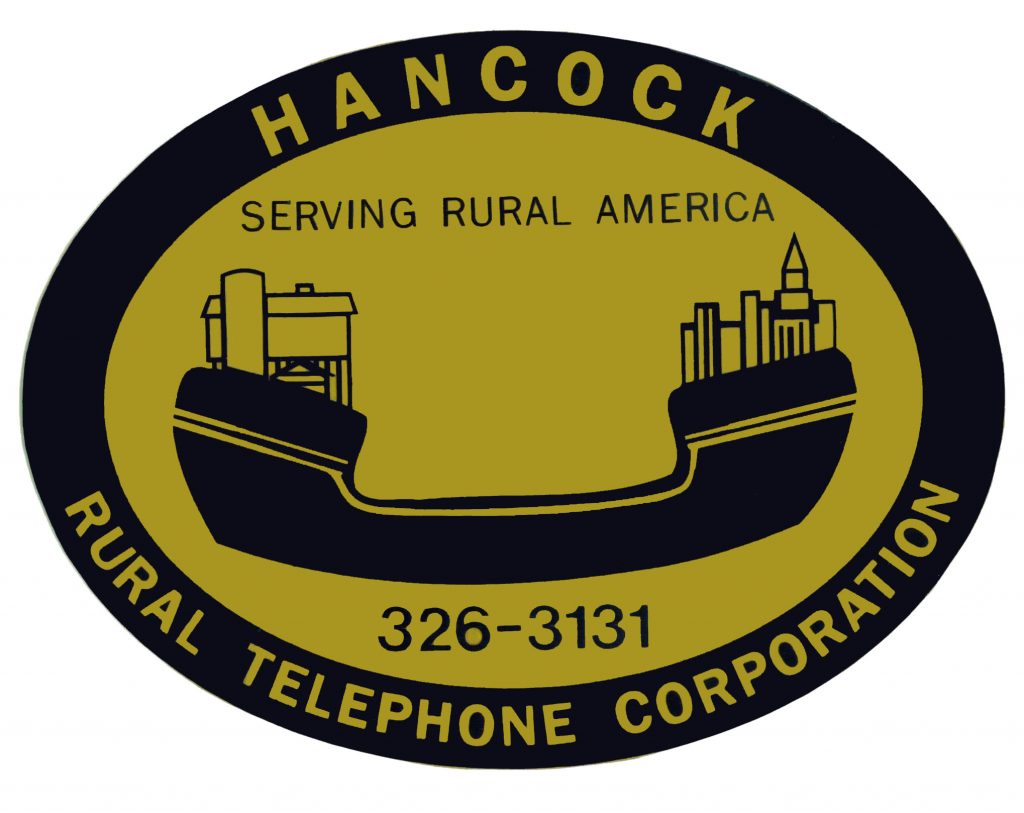
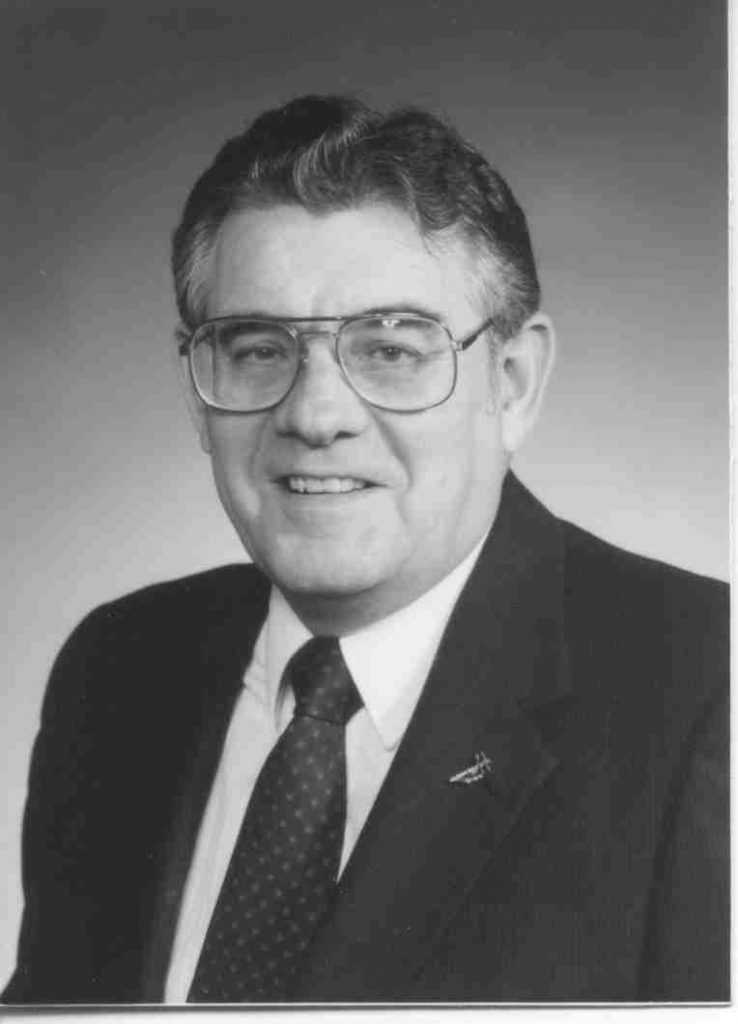
1960’s
The 1960’s saw HRTC expand beyond the boundaries of Hancock County, first with the purchase of the Markleville Telephone Company in Madison County in October, 1965 and later with the purchase of the Cadiz Rural Telephone Cooperative in Henry County in February, 1967. Dial telephone service was established for all of HRTC’s members by 1966 and in 1967, a new central office building was constructed in McCordsville along State Road 67 and corporate offices were built on County Road 600 North just east of State Road 9 – coincidently on land it purchased from Hancock County REMC. By 1967, the REMC had reached 3,000 members.
1970’s
By 1970, the dial offices of HRTC were consolidated into the exchanges we know today: McCordsville, Maxwell and Markleville. In 1971, the REMC invested in a 5,000 KVA portable substation on a flatbed trailer to insure continuous service should a substation need to be repaired.
During the middle part of the decade, the Milner’s Corner and Westland substations saw significant upgrades as membership reached 5,000 in 1975. In 1978, the Heritage substation was built to provide better service in the northwest portions of the service area. Also in 1978, the REMC joined with 23 other rural electric systems to establish the Wabash Valley Power Association in order to guarantee a reliable source of wholesale power.
On July 1, 1979, HRTC purchased the Sulphur Springs Telephone Company in Henry County and consolidated it into the Markleville exchange.
1980’s
In January, 1981, the REMC moved to a factory building previously occupied by Industrial Products located at 2243 East Main Street in Greenfield. In 1983, the REMC and HRTC formed Central Indiana Communications, Inc. (“CICI”) to provide cable television service in unserved areas of Hancock County. The cable television service was later sold to what is now Comcast and HRTC acquired the REMC’s 50% interest in CICI. In 1985, the REMC celebrated its 50 year anniversary with nearly 6,000 members.
1990’s
In 1992, CICI (now wholly-owned by HRTC) purchased a DBS area franchise and begins offering satellite television services to a large portion of east central Indiana. Also, in 1992, the REMC began operating under the assumed business name of Central Indiana Power (“CIP”).
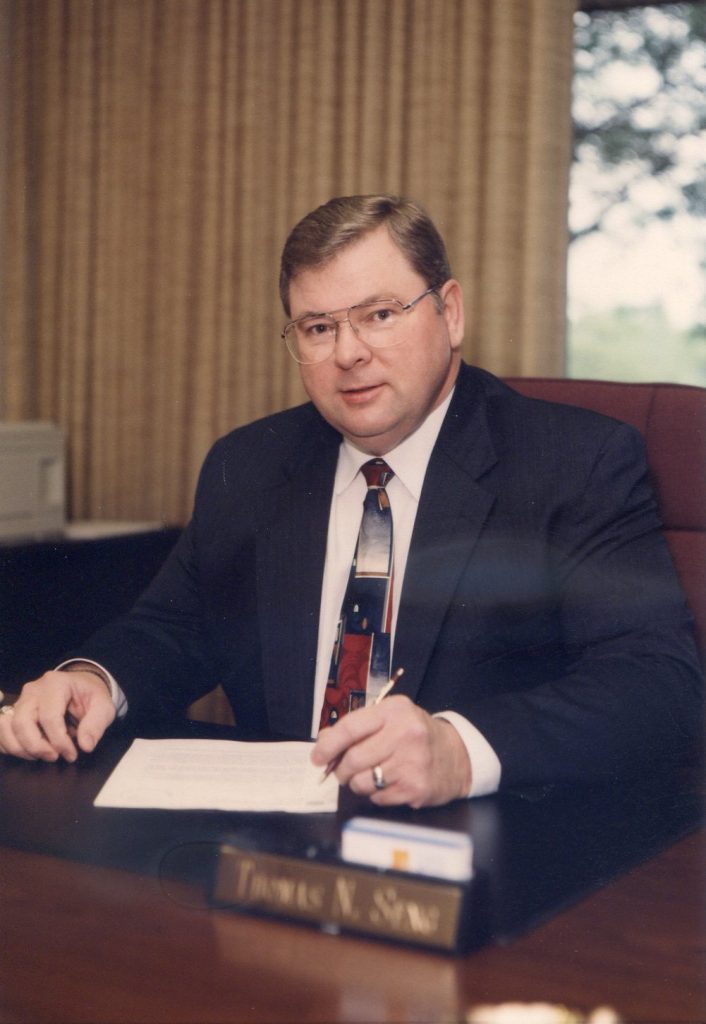
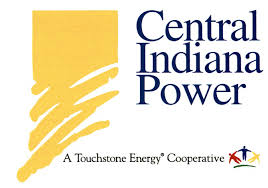
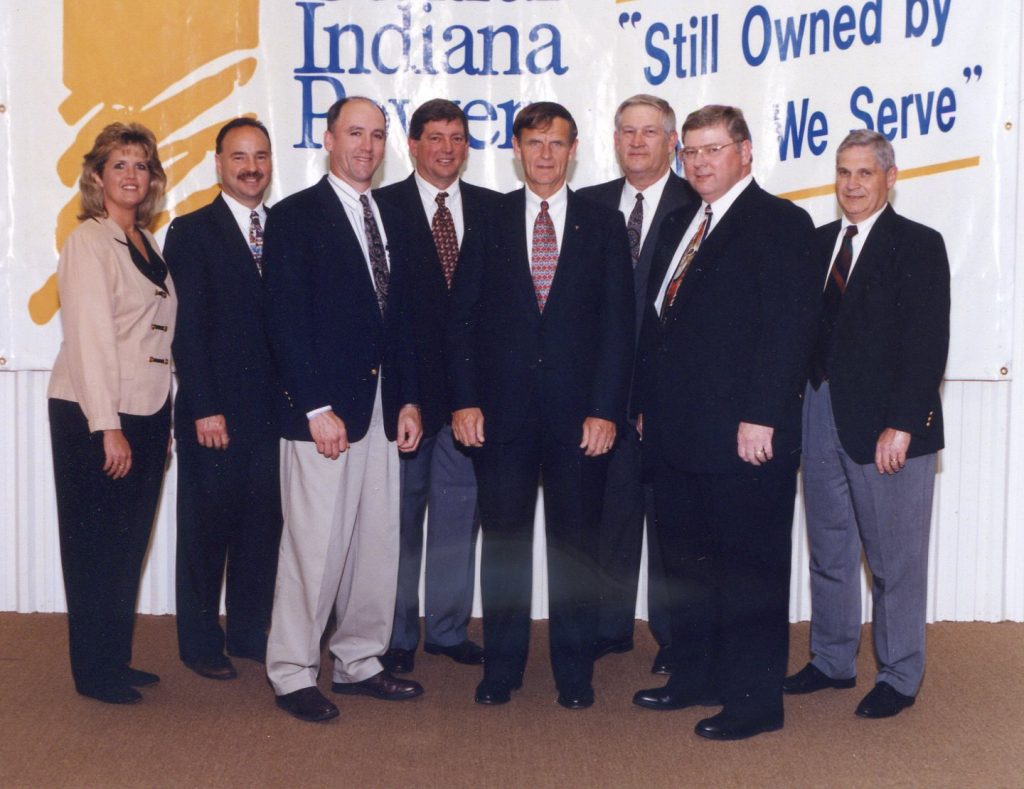
In 1995, the Indiana Utility Regulatory Commission issued the first competitive local exchange carrier license to HRTC’s wholly-owned subsidiary Diversified Communications. By the end of the decade, it is offering residents in Shirley and Wilkinson a choice in telecommunications providers.
In 1999, HRTC begins operating under the assumed business name of Hancock Telecom (“HT”) to better reflect the full line of telecommunications services it now offers, including competitive local exchange service.

2000’s
Beginning in 2001, HT began to aggressively deploy fiber optic networks both inside and outside its incumbent territory. HT was the first company in the state of Indiana to deploy fiber-to-the-home (“FTTH”) to its customers. Through wise investments and strategic partnerships, HT greatly expanded its fiber optic network to provide telecommunications services to Greenfield, New Castle, Rushville, Pendleton, Fortville, Knightstown, Spiceland, New Palestine, Morristown and Shelbyville. Through a Lilly grant initiative, HT partnered with the four county school districts to ensure that every public school in Hancock County was connected to fiber optics. HT has also partnered with the South Madison (Pendleton), Shelby Eastern (Morristown/Waldron) and Charles A. Beard (Knightstown) school districts to connect all of their schools with fiber optics.
In 2002 HT, along with 19 other independent telecom companies in the State, created Indiana Fiber Network (“IFN”) which is a state-wide fiber optic network. That network is currently the most extensive fiber network in Indiana consisting of over 1,700 route miles of fiber linking small, rural communities, to the larger, urban centers throughout the state.
In 2004 HT partnered with seven other telecom companies to establish Indiana Video Network (“IVN”), a video headend located in Maxwell that sends 200+ channels of internet protocol video via the IFN network from nearly Michigan to the Ohio River. The shared expense of the headend by these companies allows rural consumers access to high definition television, video-on-demand and other similar cable TV-like services.
During the late summer of 2009, a conversation between CIP board chairman Jim Cherry and HT board chairman Phil Hayes led to discussing how the electric cooperative and telecom cooperative could partner and work closely together as both had in the past. This conversation was soon followed by both boards meeting and actively discussing various wide-ranging options including the possibility of consolidation and merger.
2010’s
The dawn of a new decade came with excitement for the future not seen since CIP and HT were originally created. Both companies’ boards continued to discuss and negotiate the possibility of consolidation and merger. Both boards quickly learned that neither statute under which either cooperative was organized permitted “hybrid” mergers and consolidations – that is, the existing law only permitted electrics to merge with electrics and telco’s to merge with telco’s. Both companies enlisted the aid of their State Senator Beverly Gard and State Representative Bob Cherry (brother of Jim) to amend state law to allow for the merger and consolidation of CIP and HT.
Public Law 18-2010 passed both the Indiana House and Senate with only one dissenting vote and was signed into law on March 12th by Governor Mitch Daniels. The law became effective July 1, 2010.
Following passage of P.L. 18-2010, the sixteen members of both the CIP and HT boards worked extensively on negotiating and finalizing a plan for the merger and consolidation of the two cooperatives. Joint member information meetings were held during the summer where members of both cooperatives could ask questions and voice support or opposition to the plan. On September 27th, both boards met individually and voted unanimously to approve the plan of merger and consolidation.
On October 30, 2010, a joint membership meeting of CIP and HT was held at the Mt. Vernon High School gym where members were asked to approve the plan of merger and consolidation. Both cooperatives experienced a record turnout and the gym was filled to over-capacity. When the ballots were counted, over 85% of HT members and over 83% of CIP members had voted in favor of the merger and consolidation.
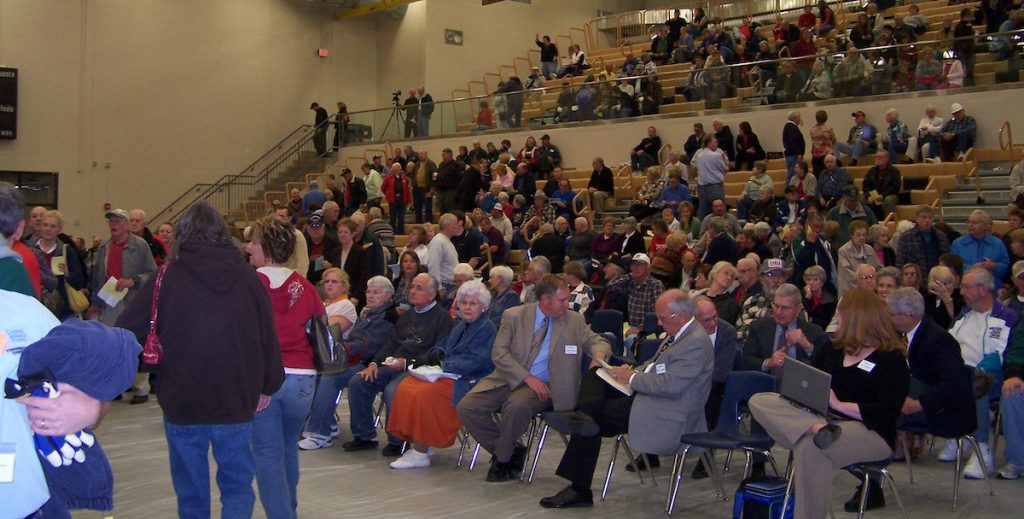
On January 1, 2011, the merger become effective and the new cooperative, NineStar Connect, became only the second cooperative in the nation to be created from the consolidation of an electric and telecom cooperative.
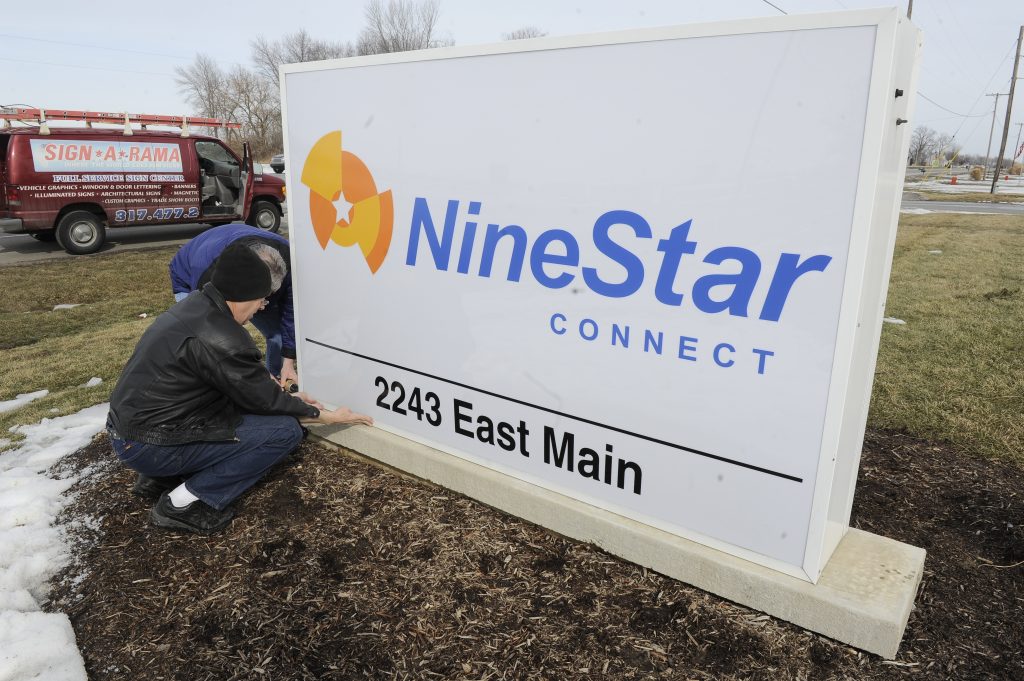
When the Board of Directors adopted the new name of “NineStar Connect,” they were acknowledging the rich history of the company while also looking to its promising future. The word “Nine” recognizes the culmination of nine separate companies that came together since 1950 to establish a never-before-seen new company on January 1, 2011. The word “Star” denotes a bright light that travels over great distances which is essential in fiber optic technologies as well as a subtle nod toward the electric power that provides that light. “Connect” brings together all aspects of the power of connectivity from a single service provider of electricity and communications along with the rapid convergence of those technologies during the second decade of the 21st century.
Even prior to the effective date of the merger, engineers from CIP and HT began collaboration on the deployment of “smart grid” technology within the electric serving area. Utilizing the extensive fiber optic network previously constructed by HT as a backbone, the newly consolidated NineStar began an aggressive rollout of smart meters beginning in early spring with the ultimate goal of having 100% of electric customers served with smart meters in the next 3 years. This phase of smart grid deployment represents a multimillion-dollar investment in NineStar’s electrical distribution system – as well as the future of the company and all of the customers it serves.
The rollout of smart grid technology also results in secondary benefits to the member customers of NineStar. As additional fiber routes are constructed to substations and smart meters, the homes and businesses passed are offered the opportunity to be served by FTTH technology and receive the full range of advanced digital telecommunications services that connection offers. By October, 2018, the coop reached another milestone when 100% of its members had access to fiber-to-the-home connectivity.
In 2013, the Board of Directors began to recognize that electrical and fiber connectivity alone would not ensure quality growth in the community along with quality of place. Seventy-five percent (75%) of the land area of Hancock County was unserved by a public water or wastewater provider and commercial and residential developers were reluctant to invest in any area that didn’t have access to these vital services. After nearly three years of strategic planning that first included encouragement of existing “wet” utility providers to extend into unserved areas and requests to those providers to partner with NineStar, the Board of Directors decided to invest in water and wastewater infrastructure in order to begin providing wet utility services. This decision was a culmination of recognizing that much like their forefathers that brought electricity and communications to rural parts of east central Indiana, the only way to get these much-needed wet utility services in less dense areas that no for-profit or municipal utility want to serve was to do so as a community-based, non-profit utility. On August 24, 2016, the Indiana Utility Regulatory Commission issued an order authorizing NineStar Connect to provide water and wastewater services and NineStar Connect became the first cooperative in the United States to provide four utility services under a single cooperative entity. On October 1, 2016, NineStar Connect closed on its purchases of the former Sugar Creek Utilities (approximately 85 customers) and the Philadelphia Water Works utility (no customers but license and real estate) along with purchasing the sewage treatment plants at Maxwell (serving the Maxwell Middle School) and Eden (serving the Eden Elementary School) from the Greenfield Central Community School Corporation. These core assets allowed NineStar to enter into the wet utility services and allow it to begin to grow these services in unserved portions of its service territory. In May, 2018, the Cumberland, Indiana Town Council voted to sell the Gem Water Utility to NineStar Connect allowing NineStar to expand its coop membership to over 500 additional water customers outside its existing serving areas as well as invest in additional fiber optic network expansion in the west central portions of Hancock County. The purchase of Gem Water after regulatory approval on January 23, 2019 and all Gem Water customers became members of NineStar Connect.
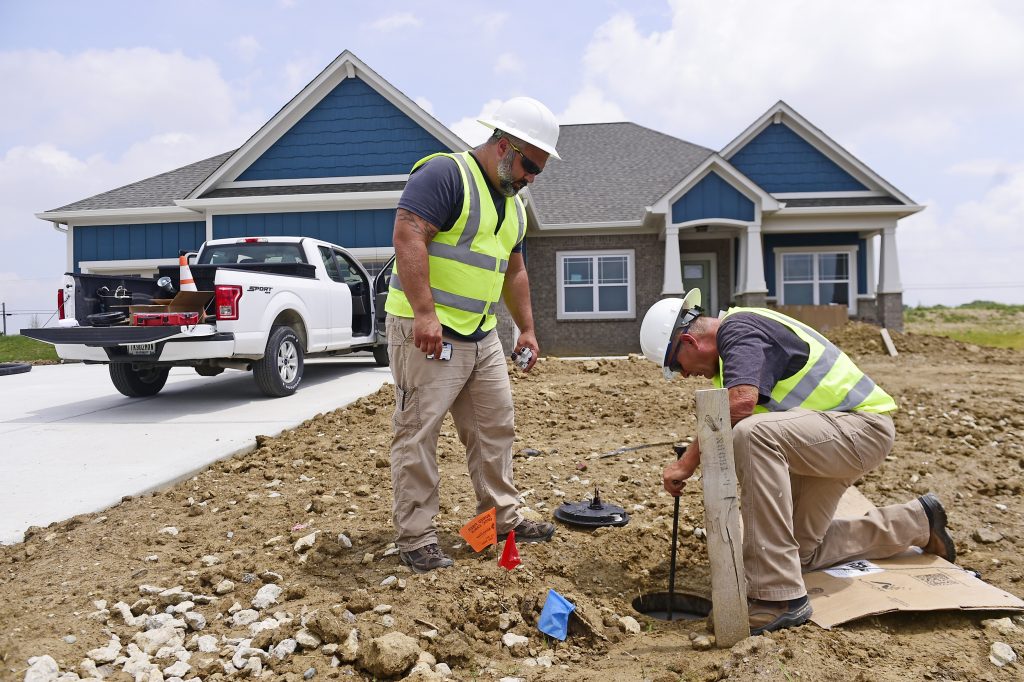
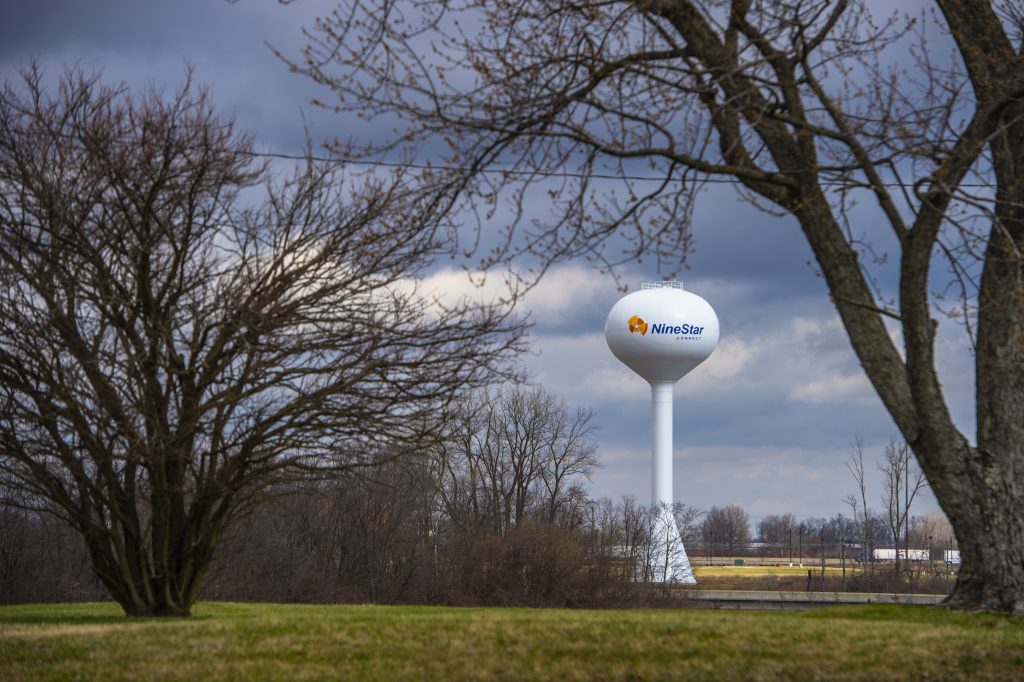
As a community-based, member-owned cooperative, NineStar Connect has continuously built and invested in critical utility infrastructure that investor-owned or municipal utilities are unwilling or unable to build. With the communities it serves continuing to grow and prosper, NineStar will continue to make history as it remains true to its core founding principle: “No matter where you choose to live or work, you should be connected to the best essential utility services needed for communities to thrive.”
The Co-op Difference
NineStar Connect is a nonprofit electric and communications cooperative—so we don’t sell to customers or work for shareholders’ profits. Instead, we have members who are actually our owners.
Learn MoreThe Co-op Difference
NineStar Connect is a nonprofit electric and communications cooperative—so we don’t sell to customers or work for shareholders’ profits. Instead, we have members who are actually our owners.

